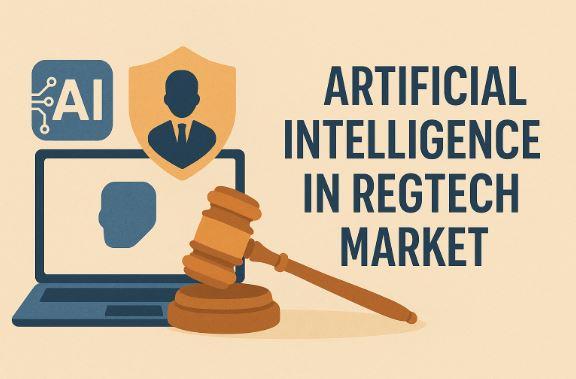
In an era marked by rapid changes in financial regulations, institutions across the globe are grappling with the pressure to keep up with ever-evolving compliance requirements. Traditional manual compliance processes are proving increasingly inadequate, being both resource-intensive and vulnerable to human error. Against this backdrop, Artificial Intelligence (AI) is becoming an essential tool for financial compliance.
AI offers several advantages over manual systems. Through automation, AI can significantly reduce the time and cost associated with compliance monitoring. It enables real-time data analysis and pattern recognition, facilitating quicker responses to regulatory changes and potential anomalies. By leveraging machine learning algorithms, AI systems can adapt to new regulations swiftly, identifying emerging risks and improving decision-making processes.
One of the key applications of AI in compliance is in the area of regulatory reporting. AI tools can automatically gather, process, and report financial data in line with updated compliance standards, ensuring accuracy and efficiency. Additionally, AI can be used for transaction monitoring to detect fraudulent activity, customer risk assessment through Know Your Customer (KYC) procedures, and managing Anti-Money Laundering (AML) protocols—all of which are critical to regulatory adherence.
However, integrating AI into compliance frameworks is not without its challenges. Data privacy, algorithmic transparency, and the need for domain-specific customization remain significant hurdles. Institutions must also ensure that AI-driven systems comply with ethical standards and do not inadvertently introduce biases.
Despite these challenges, the benefits of AI in enhancing compliance strategies are prompting an increasing number of financial institutions to invest in intelligent technologies. As regulations continue to grow in complexity, AI is likely to play an even more pivotal role in creating robust, sustainable, and future-proof compliance solutions.
Source: https:// – Courtesy of the original publisher.








